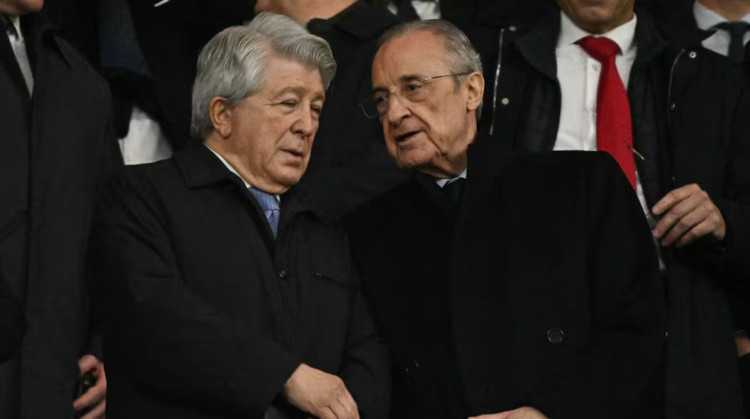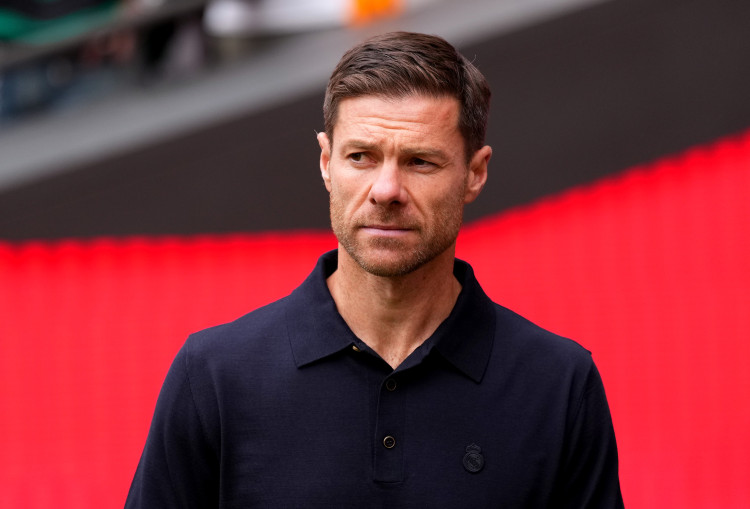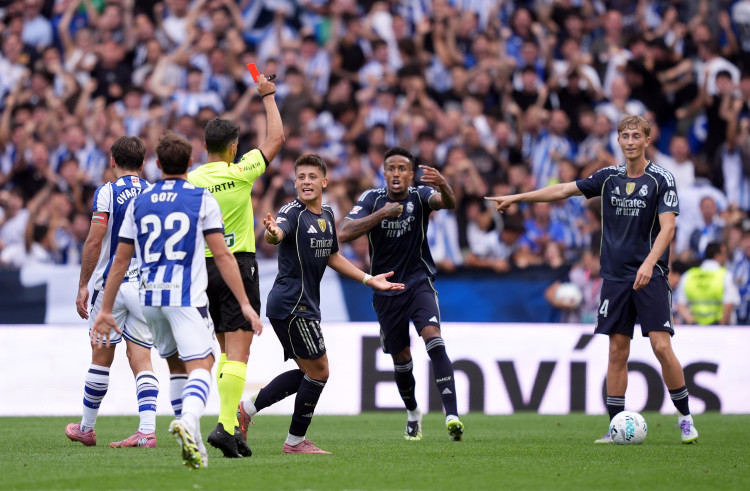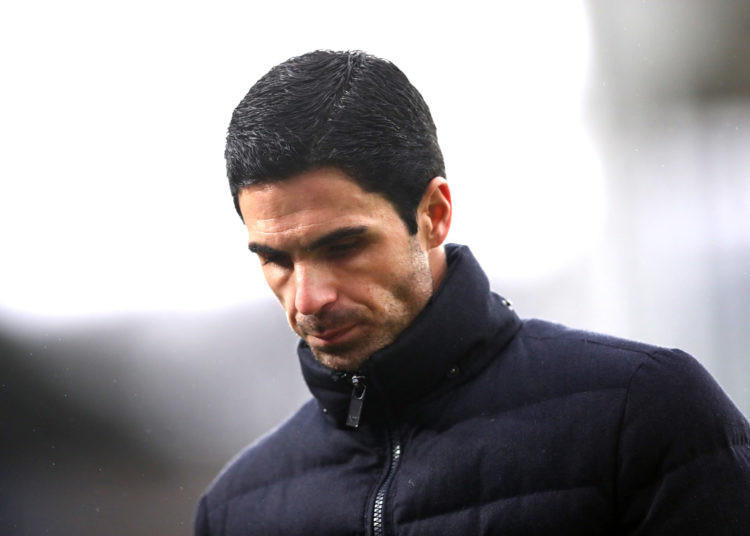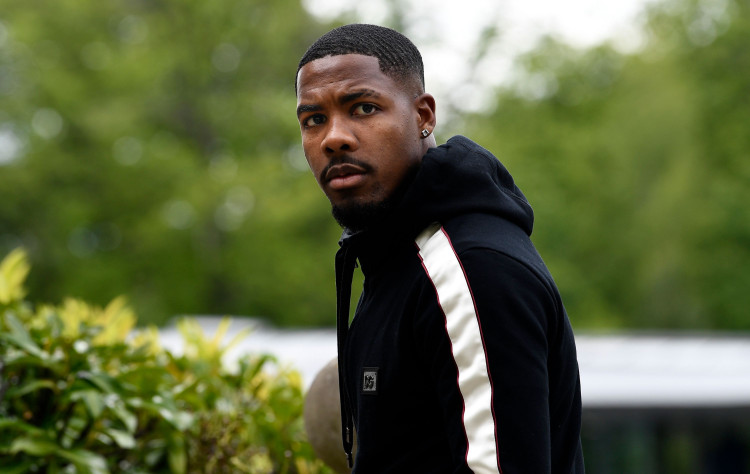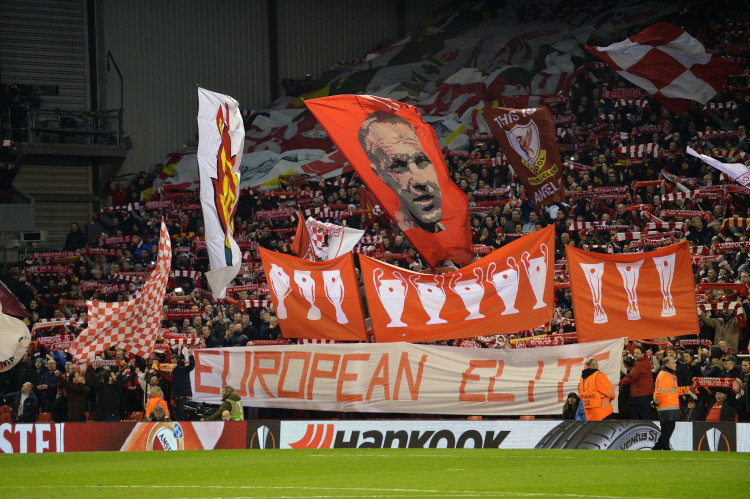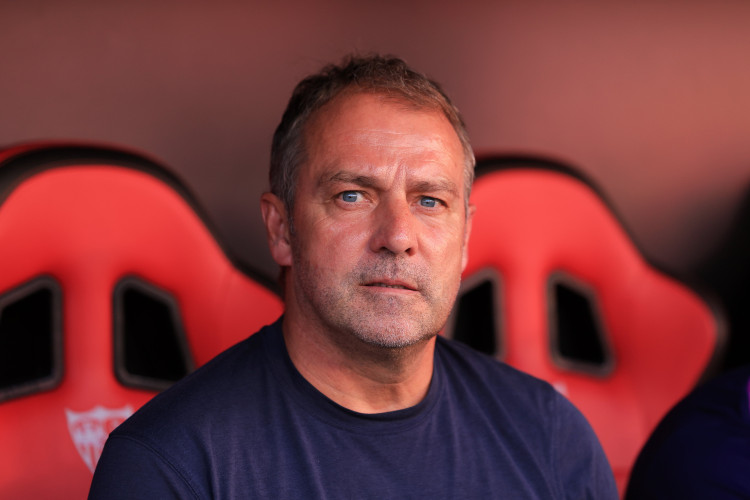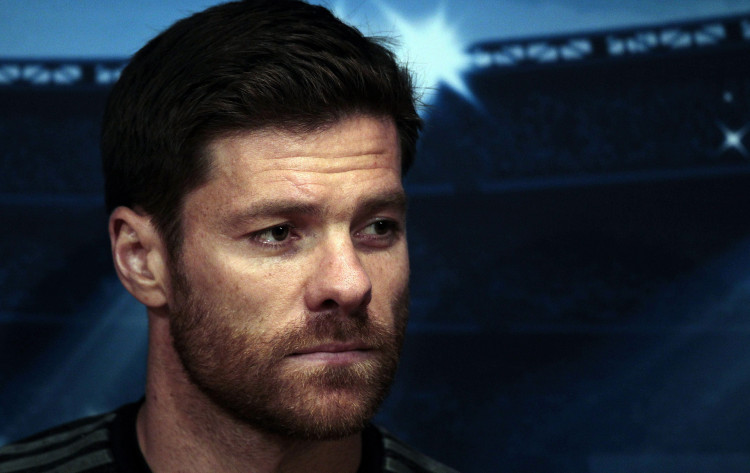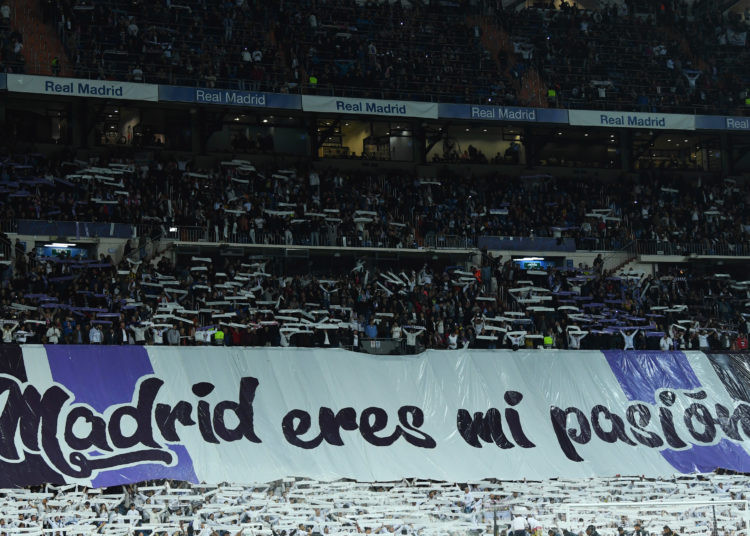
How Real Madrid’s backline is quietly building a title-winning machine
Forget the Kylian Mbappe fireworks, Real Madrid’s secret weapon this season is a defence that is blocking shots at a rate that would make even Europe’s toughest teams jealous.
Real Madrid’s charge for the La Liga title this season is being powered by more than just dazzling attacks or a flood of Mbappe goals. The true engine is a revolution at the back, a transformation so fundamental that it has quietly redefined their identity as a team built to dominate, not just dazzle.
A New Defensive Identity Emerges at Real Madrid
Last season, even as Real Madrid racked up clean sheets and Thibaut Courtois delivered highlight-reel performances, the numbers hid an uncomfortable truth: the side was too generous with unchallenged shots against them.
Their defensive game had gaps; Real Madrid often let rivals pull the trigger far too easily, increasing the pressure on their goalkeeper. The result was a mix of impressive shutouts and nervy moments that cost vital points in tight encounters.
The Blocking Revolution: Turning the Tide
Fast forward to the current campaign, and the picture is decidedly different. Real Madrid have lifted their blocking stats from 25.9% last season to an outstanding 39.5% this season. That is a leap not down to luck but to tactical clarity and dedication, a statistic that now acts as the foundation for Real Madrid’s title candidacy.
What does this mean? In simple terms, nearly four out of every ten shots taken by opponents are being physically blocked by Real Madrid players before they even test the keeper. This is not a minor tweak; it is a massive recalibration in defensive attitude and technique.
To put this leap into perspective, only three teams across Europe’s top leagues, Everton, Lyon, and Como, currently boast higher shot-block percentages than Los Blancos. Their newfound discipline does not just look good in the La Liga context; it places them among Europe’s most formidable, collective defensive units. The numbers underline how discipline and anticipation have finally caught up with the club’s technical flair.
Xabi Alonso’s Blueprint: Structure Over Chaos
How did this happen? The answer lies in Xabi Alonso’s new system, a structure rooted in compactness, alert positional play, and an emphasis on every player defending as a unit. Where previous seasons might have seen open duels and last-ditch heroics, Alonso’s Real Madrid prioritises restricting space and funnelling threats into less dangerous areas.
The Spaniard has drilled the team to value structure over reckless freedom. This has led to a side less interested in spectacular individual battles and more focused on suffocating attacks at source, forming a barrier that’s hard for rivals to breach.
Key Additions: New Faces, New Steel
Central to this transformation are the summer arrivals and evolving roles for key defenders. Dean Huijsen, with his blend of aggression and authority in the air, has shored up Real Madrid’s central resistance. His ability on the ball also allows Los Blancos to dominate possession and assert control over the tempo, a feature that is as much about defending with the ball as it is about classic clearances.
On the left, Alvaro Carreras has brought a new level of anticipation and discipline, closing down spaces with far more intelligence. On the right, the addition of Trent Alexander-Arnold has added both quality and composure, blending attacking impetus with a commitment to narrowing the backline when needed.
Maybe the most visible change is not just in personnel, but in approach. Alonso’s Madrid now defends in numbers. Wingers drop back to help the full-backs, while the midfield forms a compact shield in front of the centre-backs. Full-backs tuck into central zones, making it harder for rivals to exploit wide spaces. This collective movement is a key reason why the blocking numbers have soared; Madrid’s shape forms a wall, not a series of open doors.
Compared to the Past: The Ancelotti Contrast
Contrast this with the Carlo Ancelotti era, where the tactical mantra was often built around creative freedom and attacking fluidity, even if it left the team more open to counterattacks and isolated defensive duels.
Xabi Alonso’s system consciously trades a slice of that freedom for compactness and control, making Real Madrid less vulnerable to sudden transitions and more stable in phases when they’re not in possession.
The effect is clear: not only has the shot-block percentage improved, but Real Madrid are conceding fewer shots on target, leading to better defensive efficiency. For Thibaut Courtois and Andriy Lunin, it means a less frantic workload and greater confidence to play out from the back.
Alonso’s system has also delivered fewer defensive lapses (barring that derby slip against Atletico Madrid), one of the most tangible evidence of a team that now thrives in tight games rather than merely surviving them.
The Title Blueprint
This transformation is not just about statistics; it is fueling results. Real Madrid have started the season by conceding only one goal in their first three matches, and have allowed just 17 shots in that stretch, a figure unseen in the Santiago Bernabeu for over 15 years. The knock-on effect is greater control in tough matches, fewer panicked moments near their own box, and a foundation sturdy enough to weather storms as the title race intensifies.
As the league season unfolds, the reason for Real Madrid’s position as genuine title favourites isn’t down to star-studded attacks alone. Sure, Mbappe’s explosive start and Vinicius Junior’s flair catch attention, but the real story is the quiet yet relentless evolution at the back. This team has learned not only how to attack, but how to suffer and shut down threats; embracing the grind as much as the glory.
Now, Real Madrid’s bid for another La Liga is not defined by fireworks but by a defensive discipline that has finally caught up with their reputation. In the end, the flash may win highlights, but the new, collective grit is what could truly bring them the title.



